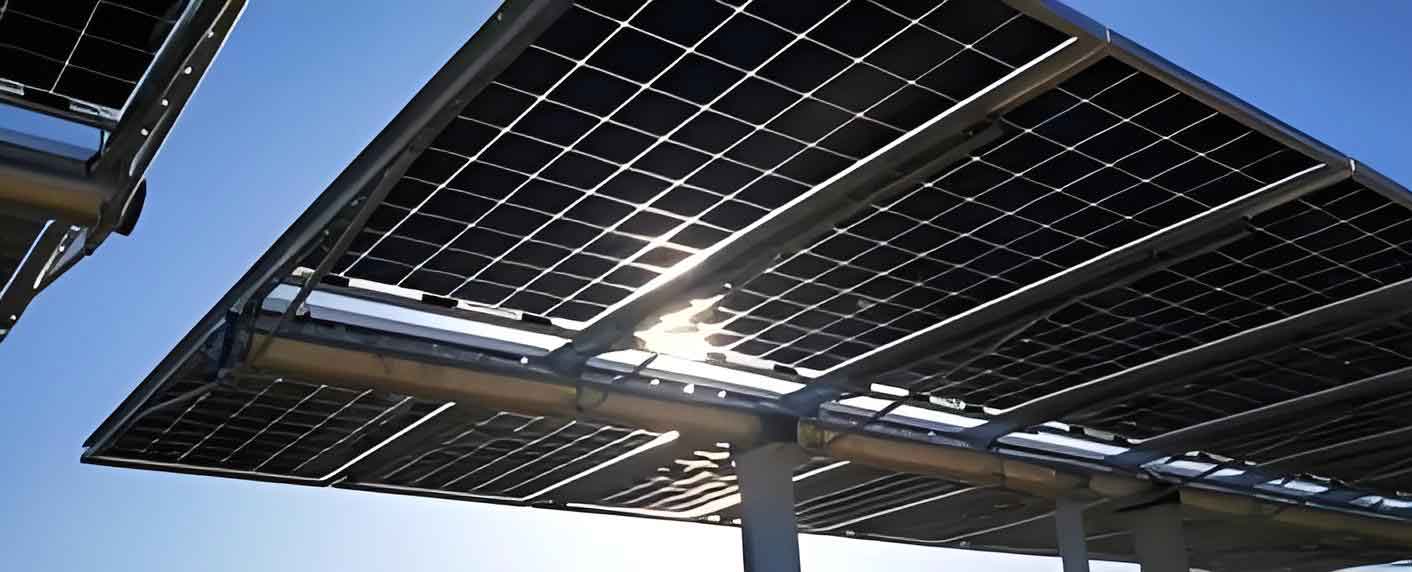The integration of solar panels in agriculture, known as agrovoltaics, represents a transformative approach to land use. By combining agricultural production with solar energy generation, this dual land use strategy offers numerous benefits, including increased land productivity, enhanced energy efficiency, and improved sustainability. This article delves into the various aspects of solar panels in agriculture, examining the benefits, challenges, and potential applications of agrovoltaics.

Introduction to Agrovoltaics
Agrovoltaics involves the simultaneous use of land for both solar energy production and agricultural activities. This concept leverages the synergies between solar panels and crop cultivation to optimize land use. Solar panels are installed on agricultural fields, allowing crops to grow beneath and between the panels. This dual land use approach provides multiple advantages, such as reducing land competition between energy and food production, improving microclimate conditions for crops, and generating renewable energy.
Benefits of Solar Panels in Agriculture
- Enhanced Land Use Efficiency:
- Agrovoltaics maximizes land productivity by combining energy and food production on the same plot.
- Solar panels provide shade, which can reduce soil moisture evaporation and improve crop resilience to heat stress.
- Renewable Energy Generation:
- Solar panels generate clean, renewable energy that can power agricultural operations, reducing reliance on fossil fuels.
- Excess energy can be sold back to the grid, providing additional income for farmers.
- Improved Crop Yields:
- The partial shading from solar panels can create a more favorable microclimate for certain crops, enhancing growth and yield.
- Reduced wind speed and soil erosion under solar panels can benefit crop development.
- Economic Benefits:
- Farmers can diversify their income streams by integrating solar energy production with traditional farming.
- Solar panel installations can attract government incentives and subsidies aimed at promoting renewable energy adoption.
Challenges of Implementing Solar Panels in Agriculture
- Initial Investment Costs:
- The installation of solar panels requires significant upfront capital investment, which can be a barrier for some farmers.
- Long-term financial planning and access to funding are crucial for successful implementation.
- Technical and Logistical Issues:
- The design and layout of solar panel systems must be carefully planned to avoid interfering with agricultural machinery and activities.
- Maintenance of both solar panels and agricultural operations requires coordinated efforts.
- Crop Compatibility:
- Not all crops are suitable for growth under solar panels. Crop selection and management practices must be tailored to the specific conditions of the agrovoltaic system.
- Research is needed to identify the most compatible crop types and varieties for agrovoltaic systems.
Potential Applications of Agrovoltaics
- Horticulture:
- Solar panels can be integrated into greenhouses, providing shade and reducing cooling costs while generating electricity.
- Shade-tolerant crops such as leafy greens, herbs, and certain vegetables can thrive under solar panels.
- Viticulture:
- Vineyards can benefit from the shade provided by solar panels, which can reduce heat stress on grapevines and improve wine quality.
- Solar panels can also power irrigation systems and other vineyard operations.
- Livestock Farming:
- Solar panels can be installed on grazing lands, providing shade and shelter for livestock.
- The renewable energy generated can be used for electric fencing, water pumps, and other farm infrastructure.
Case Studies and Examples
Table 1: Examples of Successful Agrovoltaic Projects
| Location | Crop Type | Solar Panel Capacity | Key Benefits |
|---|---|---|---|
| Germany | Potatoes | 194 kW | Improved crop yield, reduced soil erosion |
| Japan | Lettuce | 35 kW | Enhanced microclimate, increased farm income |
| France | Grapes | 150 kW | Better grape quality, reduced irrigation needs |
| United States | Livestock Grazing | 100 kW | Shelter for livestock, renewable energy generation |
Table 2: Comparative Analysis of Crop Yields Under Solar Panels
| Crop Type | Yield Without Solar Panels | Yield Under Solar Panels | Percentage Increase |
|---|---|---|---|
| Lettuce | 500 kg/ha | 550 kg/ha | 10% |
| Potatoes | 20 tons/ha | 22 tons/ha | 10% |
| Grapes | 6 tons/ha | 6.5 tons/ha | 8.3% |
Future Prospects and Research Directions
The future of agrovoltaics is promising, with ongoing research aimed at optimizing the integration of solar panels and agricultural systems. Key areas of focus include:
- Technological Innovations:
- Development of bifacial solar panels that can capture sunlight from both sides, increasing energy efficiency.
- Implementation of tracking systems that adjust the angle of solar panels to maximize sunlight capture and optimize shading for crops.
- Crop-Specific Research:
- Studies on crop physiology and growth patterns under varying levels of shade to identify the most compatible crops for agrovoltaic systems.
- Research on soil health and nutrient management in agrovoltaic settings.
- Policy and Economic Incentives:
- Formulation of policies that support the adoption of agrovoltaics through subsidies, tax incentives, and grants.
- Economic models that assess the long-term financial viability and profitability of agrovoltaic systems for farmers.
Conclusion
The integration of solar panels in agriculture through agrovoltaics represents a sustainable and innovative approach to land use. By harnessing the synergies between solar energy production and crop cultivation, agrovoltaics can enhance land productivity, generate renewable energy, and provide economic benefits to farmers. While challenges remain, ongoing research and technological advancements are paving the way for the widespread adoption of this dual land use strategy. As the world moves towards more sustainable practices, agrovoltaics offers a promising solution for the future of agriculture and energy production.
4o
